 | | | Collecting and preserving meteorites since 1998. |
| |
|  |
|
|  |
The Millbillillie eucrite fell on an unknown day in October of 1960, at around 1pm. The two station-workers who witnessed the fireball recalled the time and approximate date of the event when later questioned about it; while they recalled the time of day they saw it, they couldn't recall the exact day it occurred. A few hundred kilograms of specimens have since been collected, mostly by local Aborigines. Apparently, the fall was not discovered by people until 1970, ten years after the fall. As such, most specimens' crust has been stained red by the local iron-rich soil.
Here's a paper describing the heterogeneous nature of the meteorite; while some pieces consist of fine-graned eucritic material, some are complex polymict breccias -
http://adsabs.harvard.edu/full/1994Metic..29..237Y
Regardless, it is one of the few widely available achondrites, and, while it's not a spectacularly unusual achondrite, it is well known as a prime example of achondrites' commonly Ca-rich, glossy crust.
11.404 gram windowed individual hold/sold

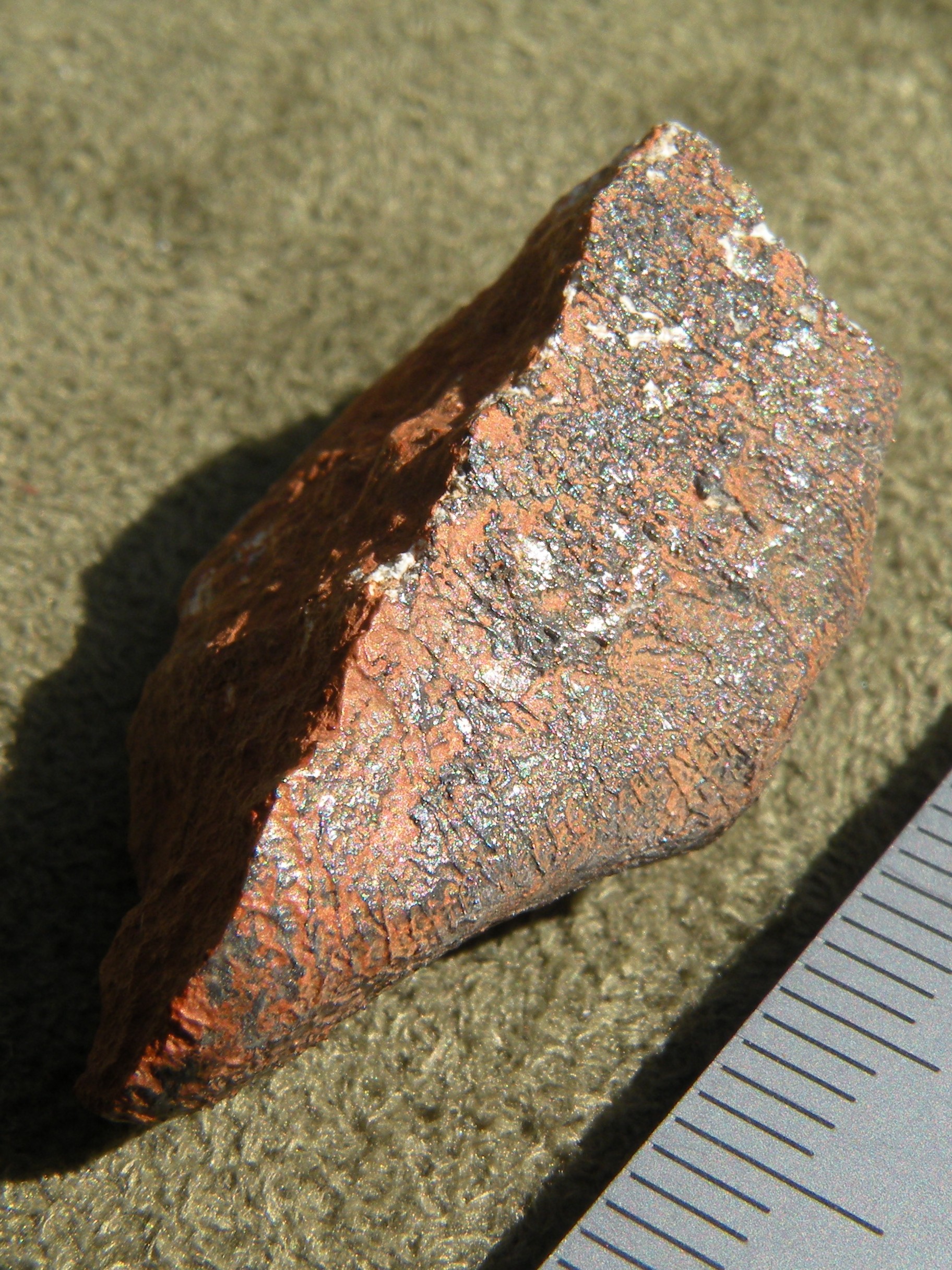
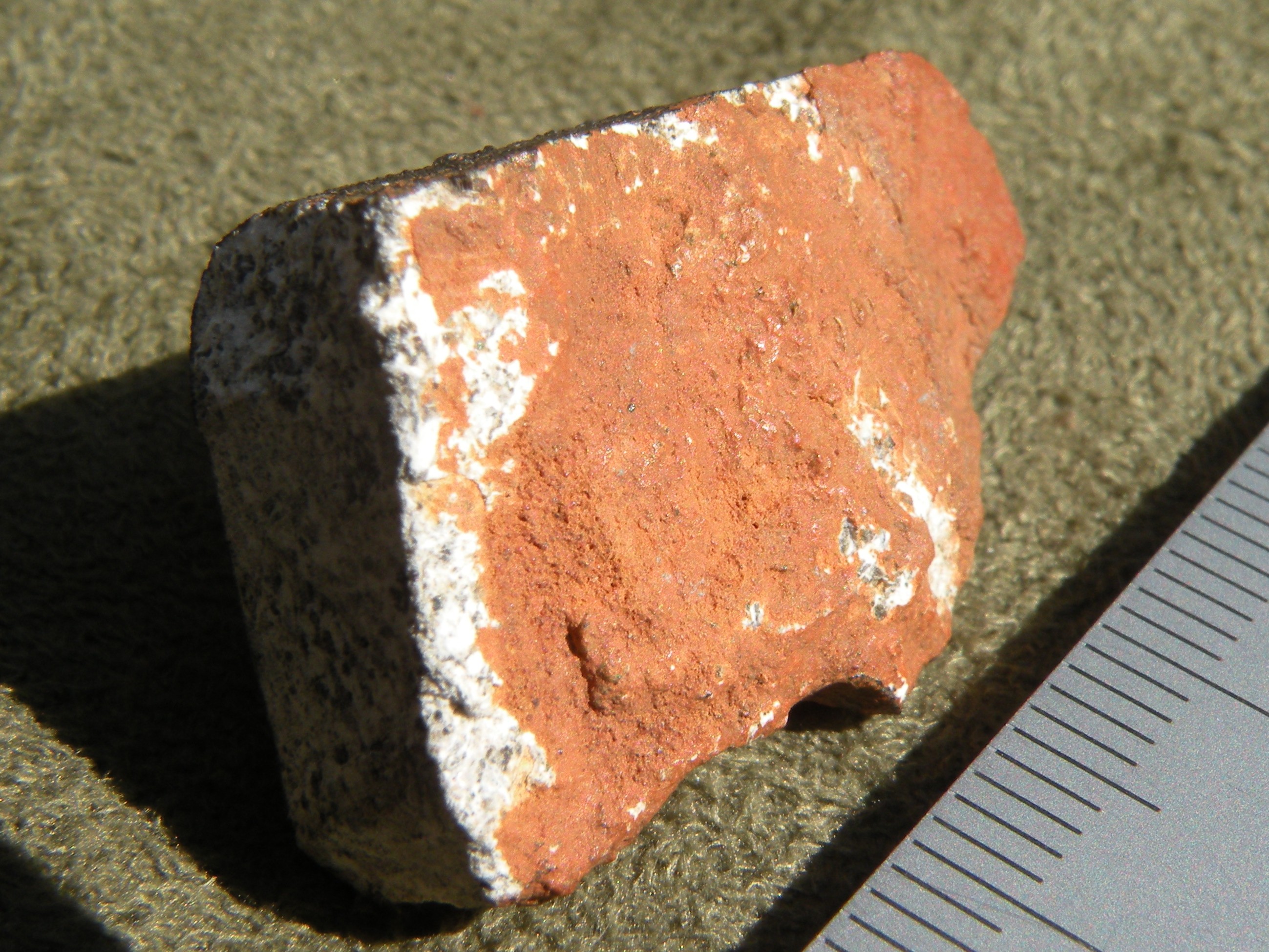
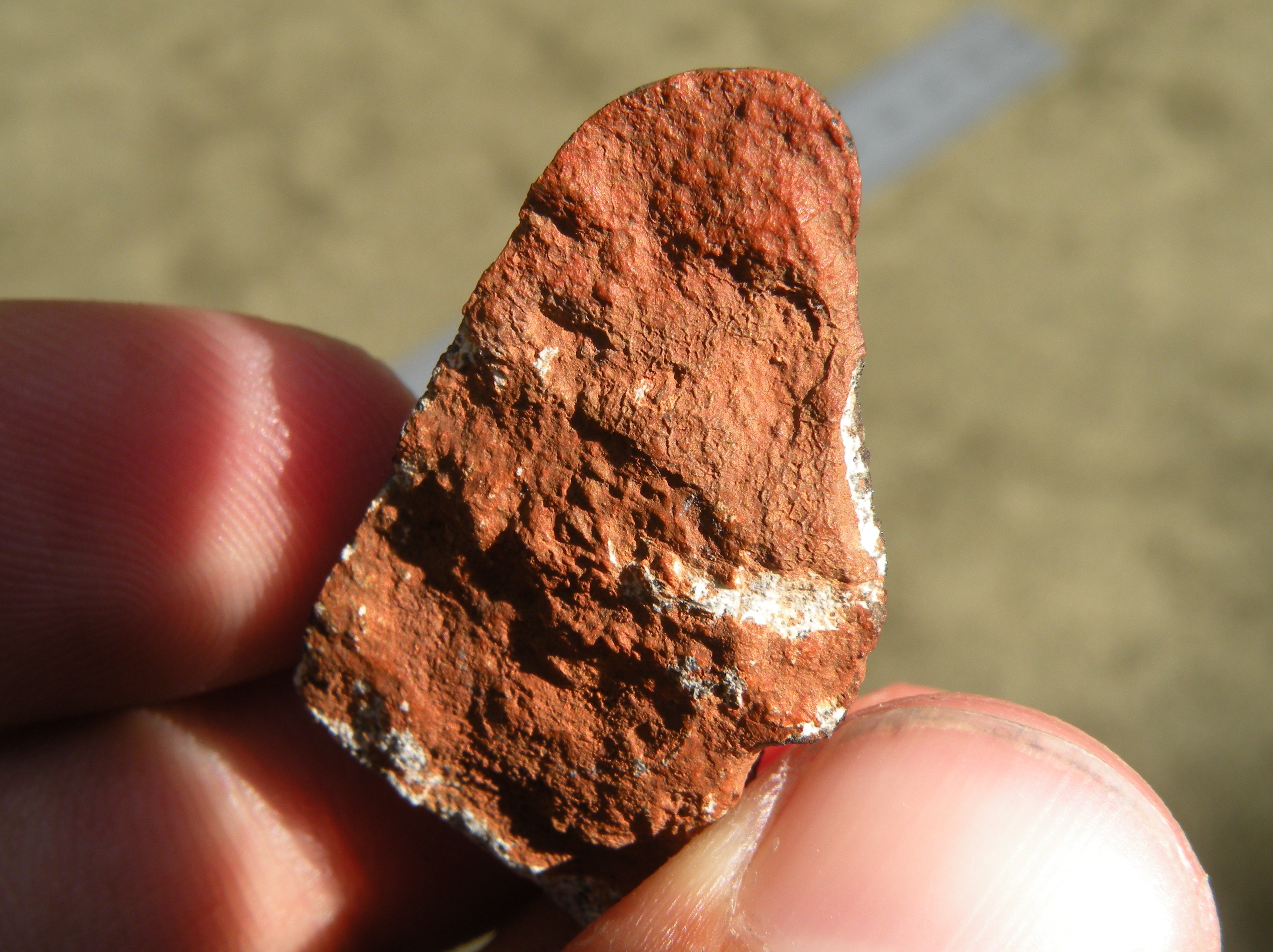
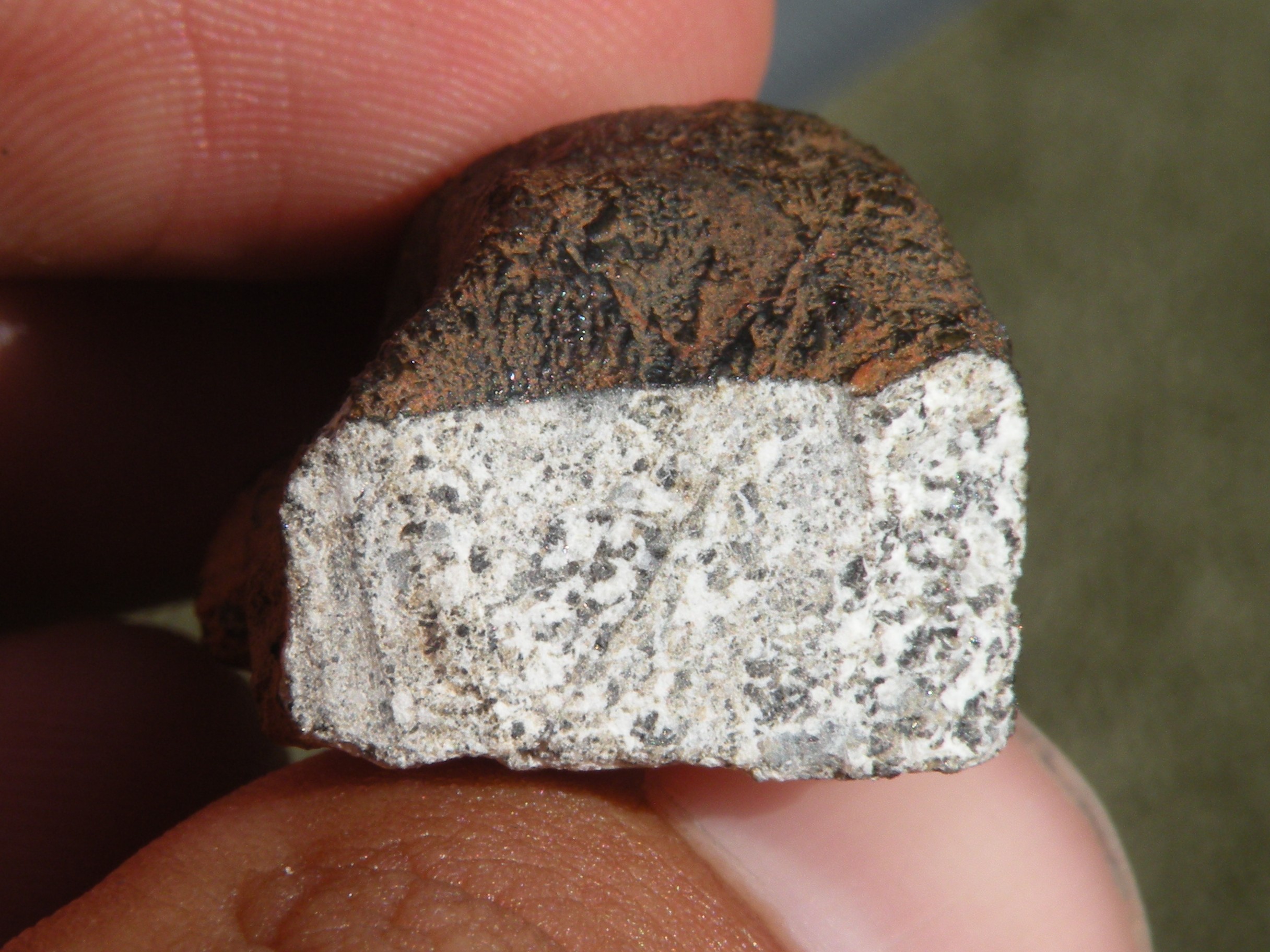
I thought the rough, red side was broken when I purchased this stone. Upon closer inspection (see 4th photo), delicate flowlines have started to form, especially on the upper half of it. The red staining of the local soil has made it very hard to discern.
The rest of the stone is covered with thicker primary crust and flowlines. The interior is mostly coarse-grained basalt that looks remarkably like an igneous terrestrial rock.
hold/sold
9.202 grams, oriented sold
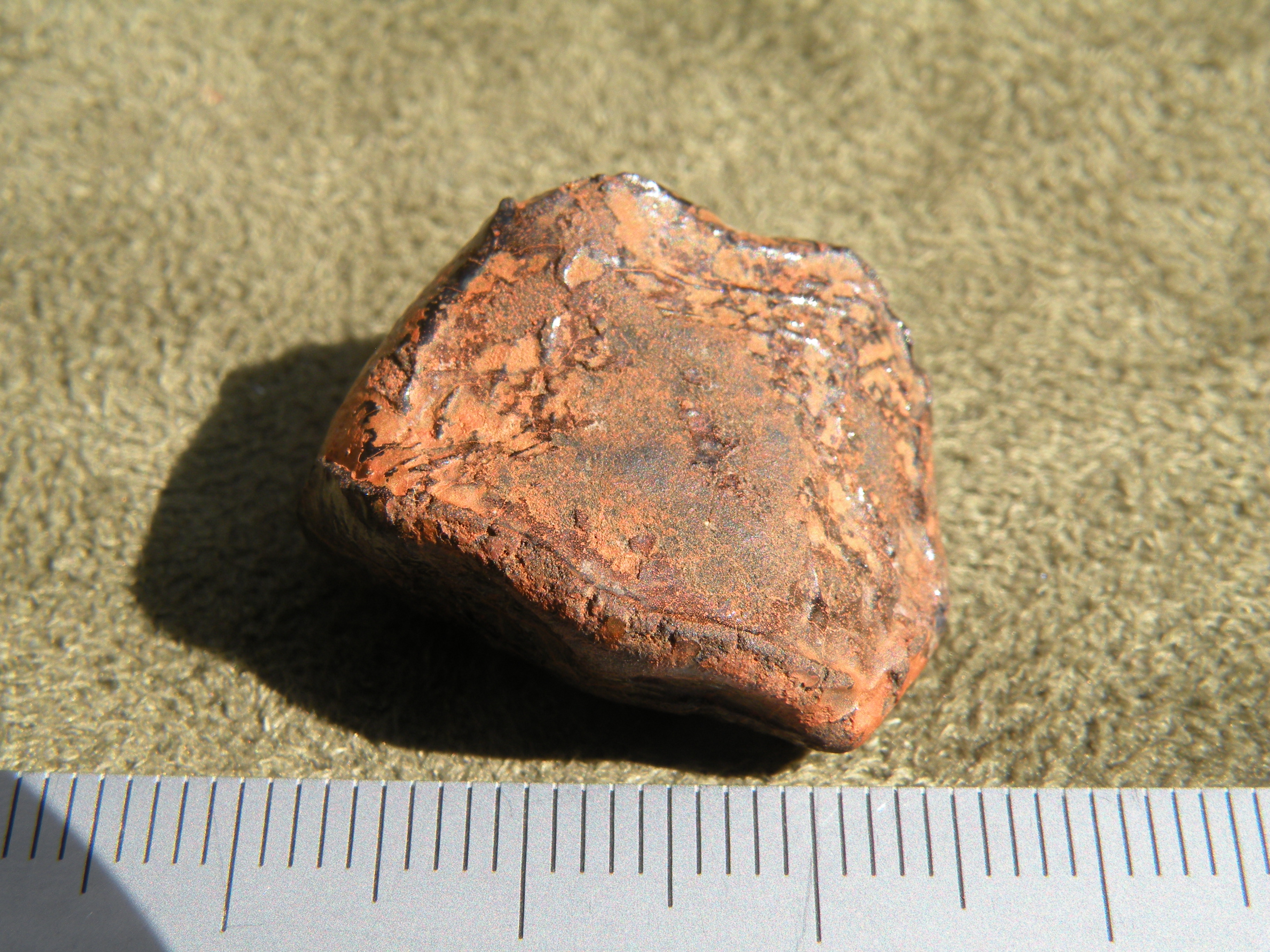
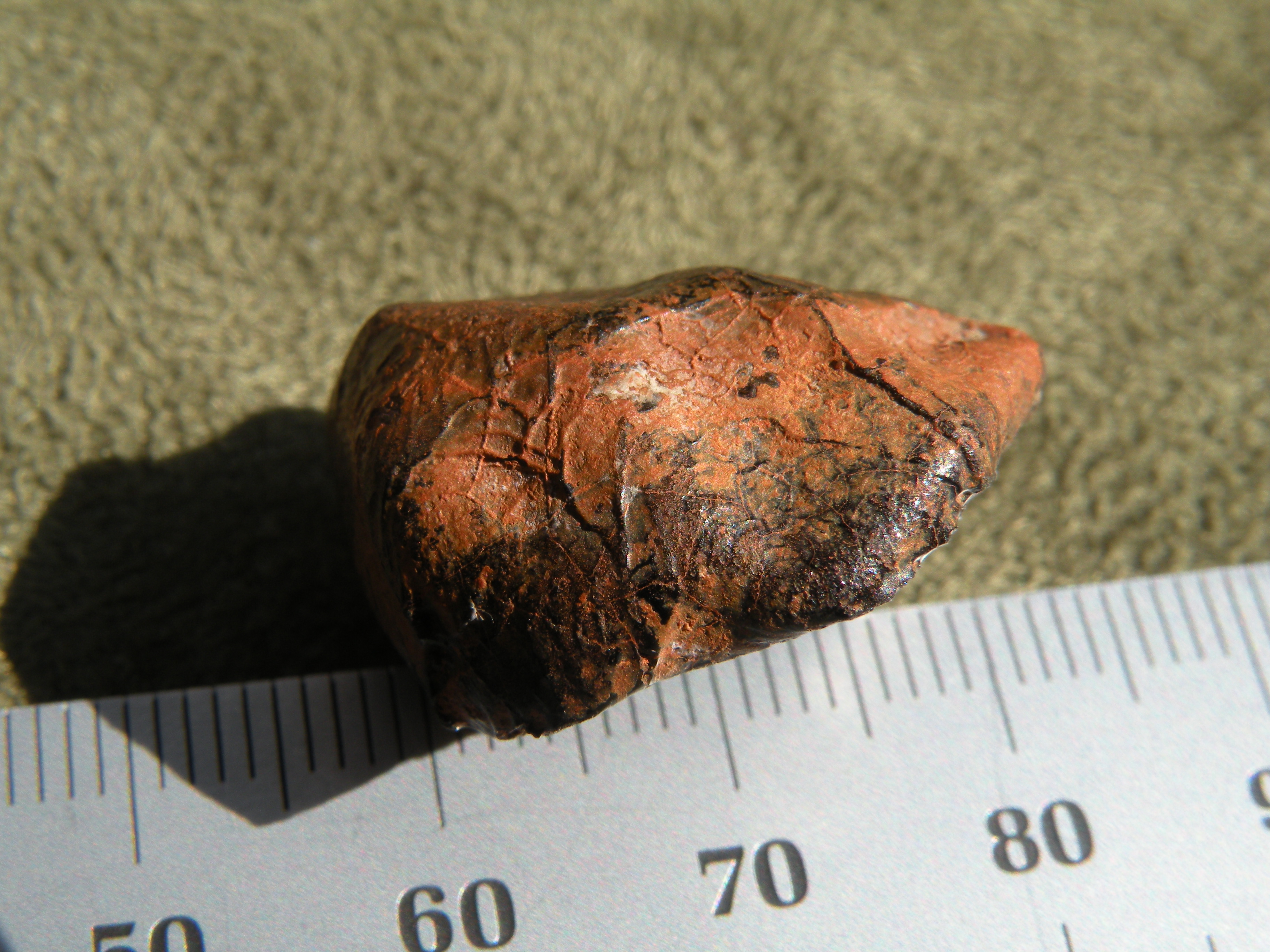
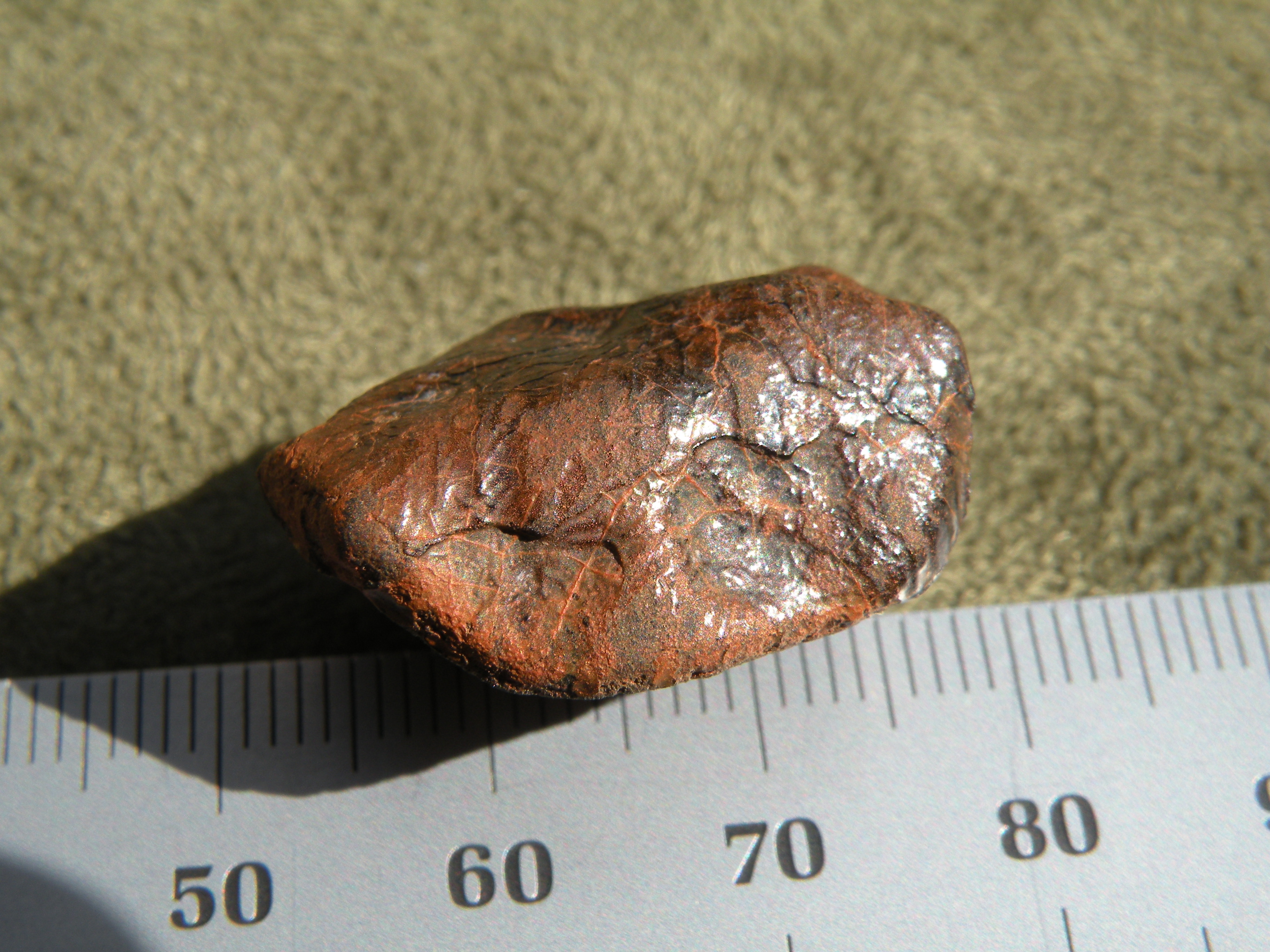
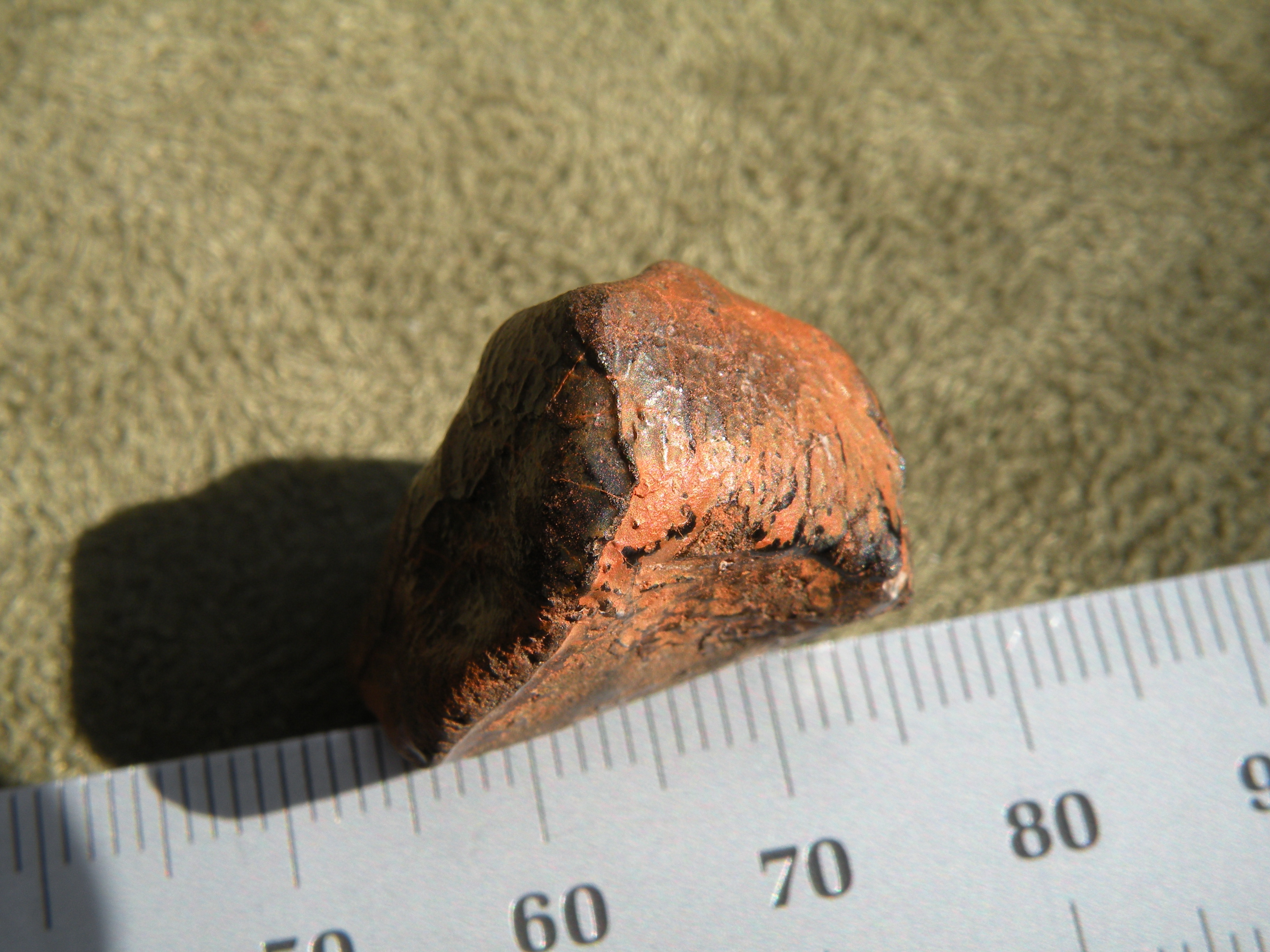
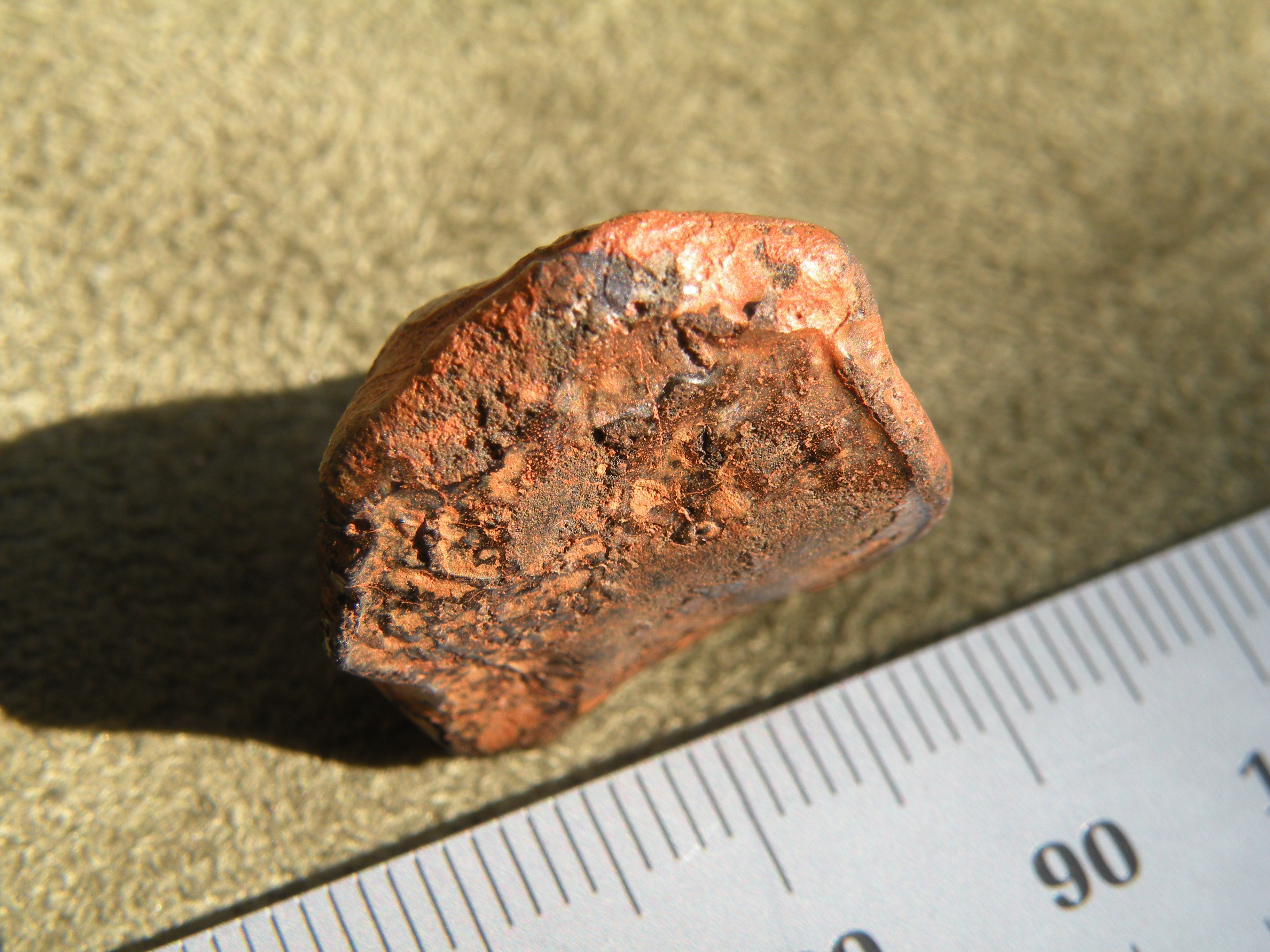

A remarkably well-preserved individual with 100% thick, glossy crust. Flow lines on the front, a thick lip and some froth on the back.
sold
|
| | |
|
